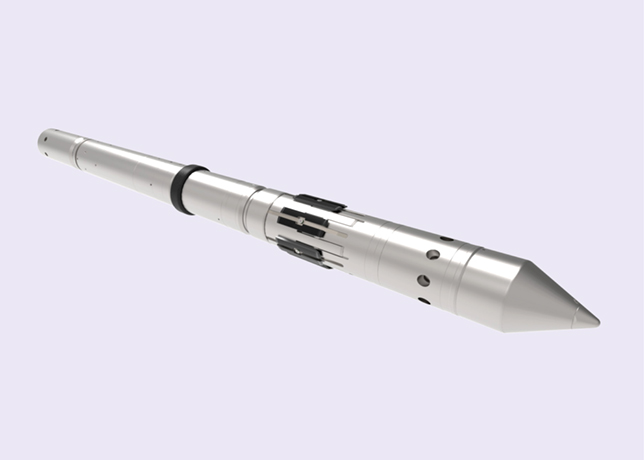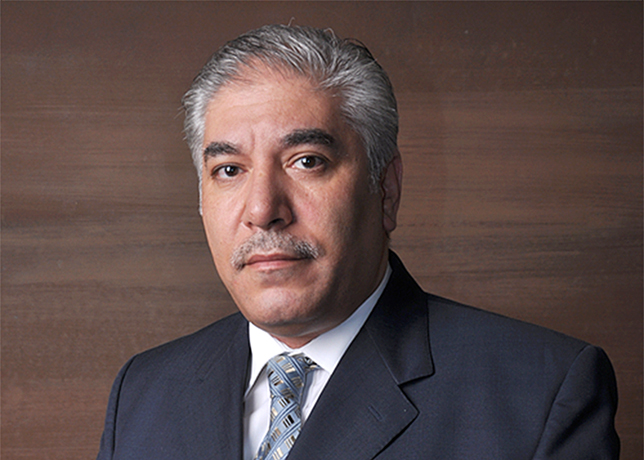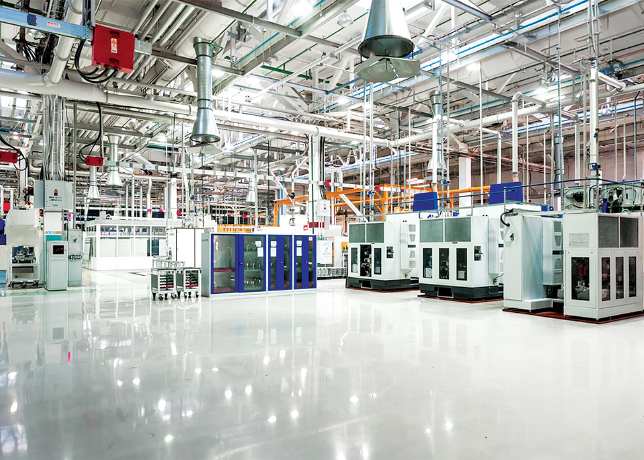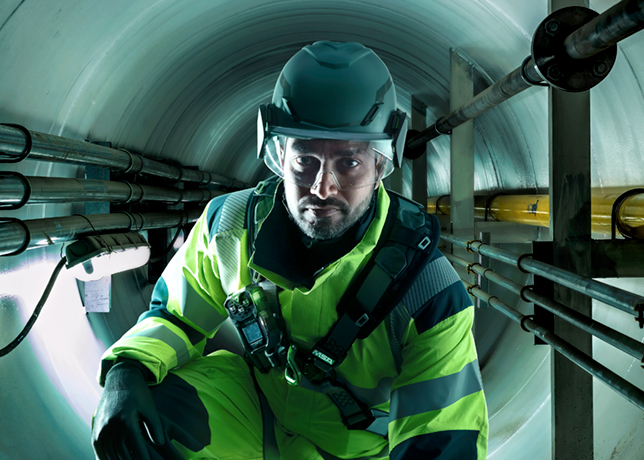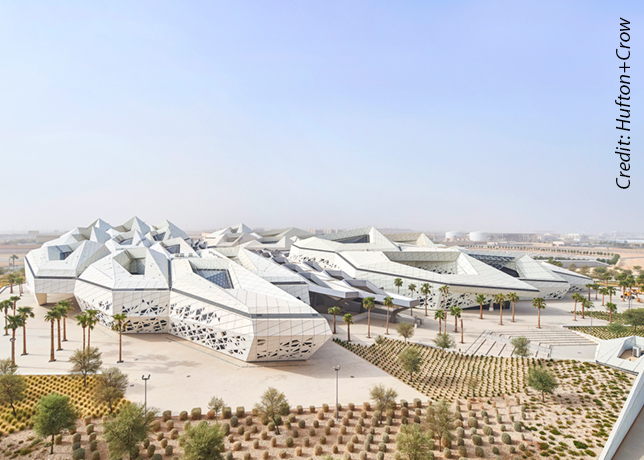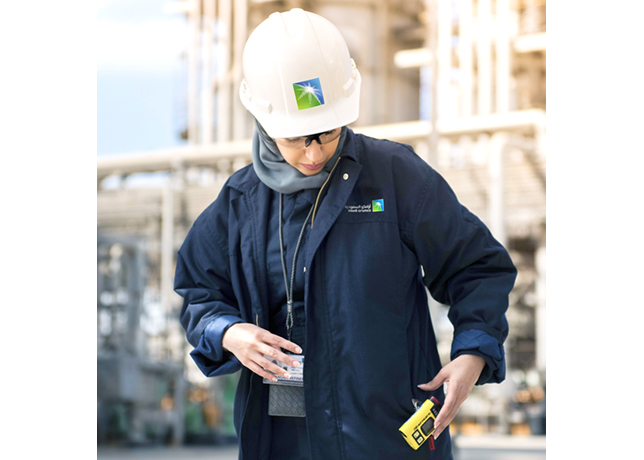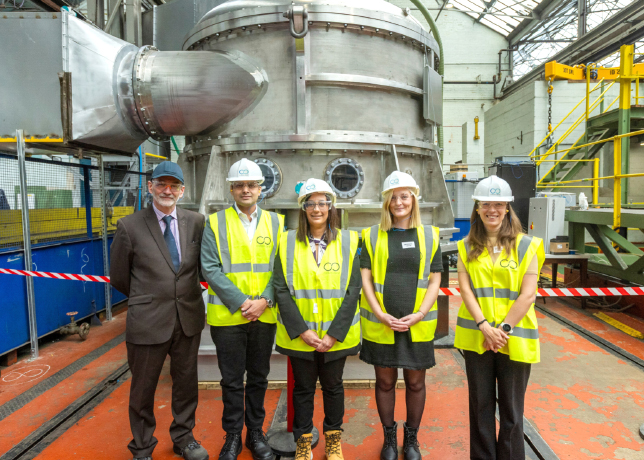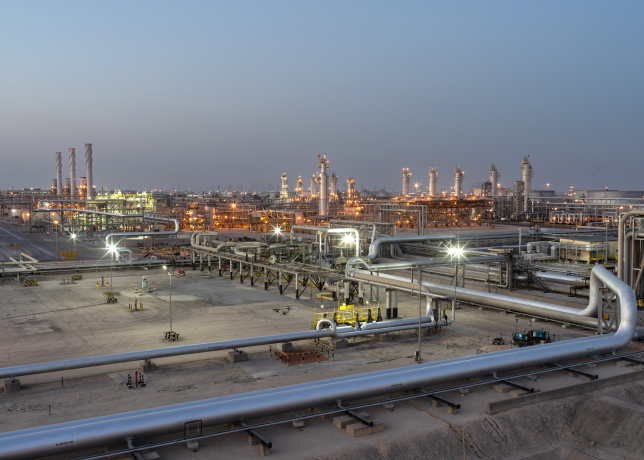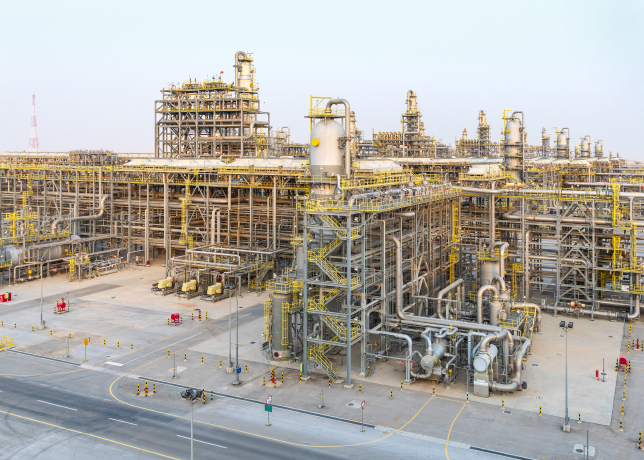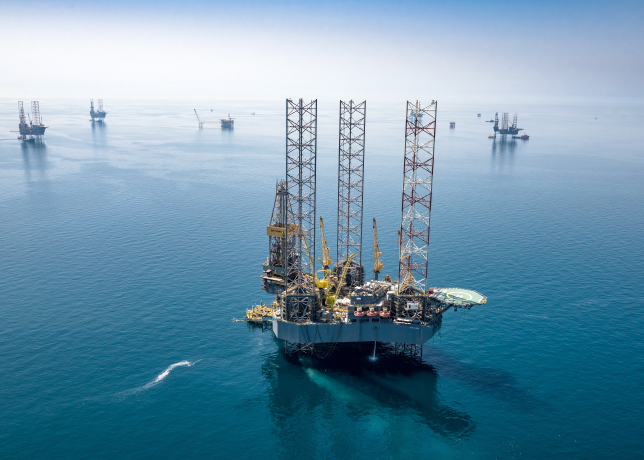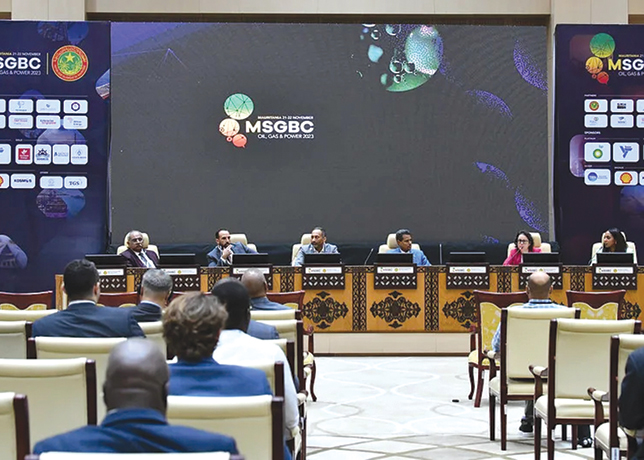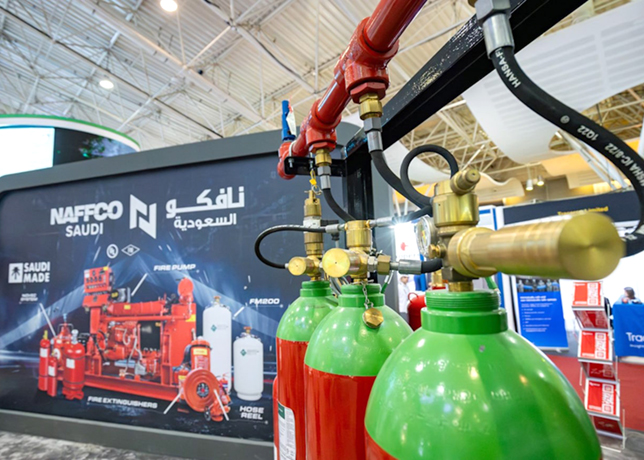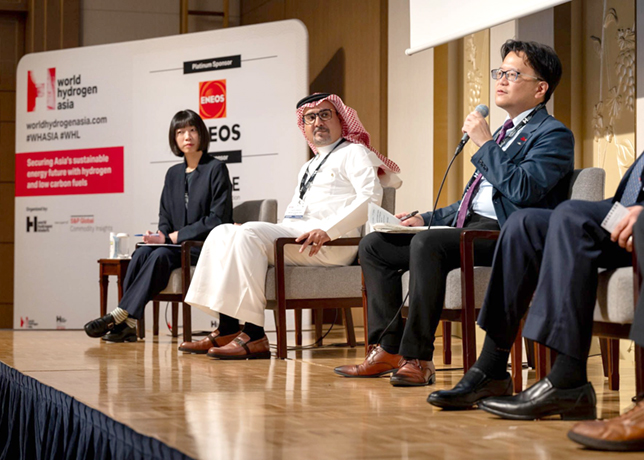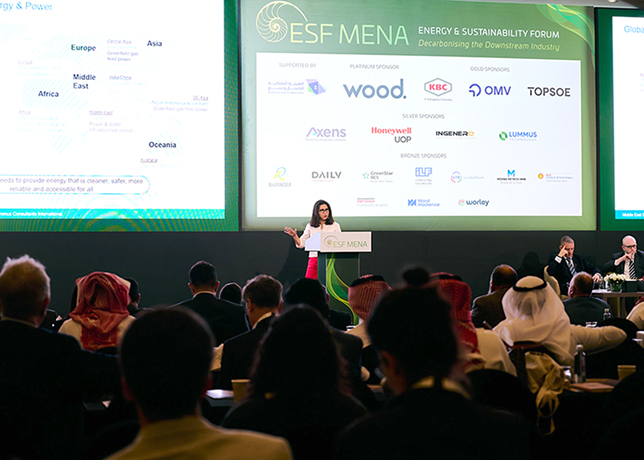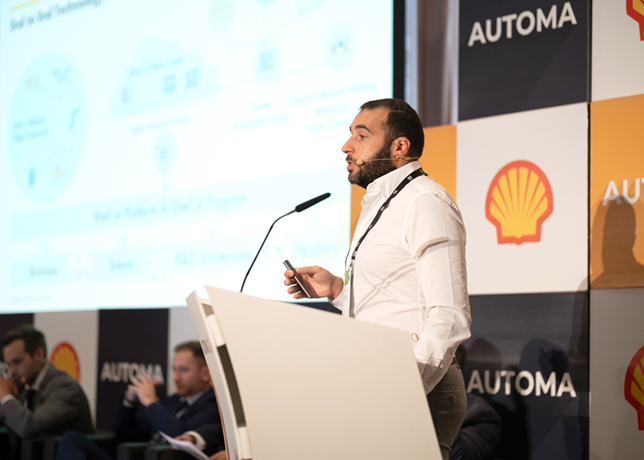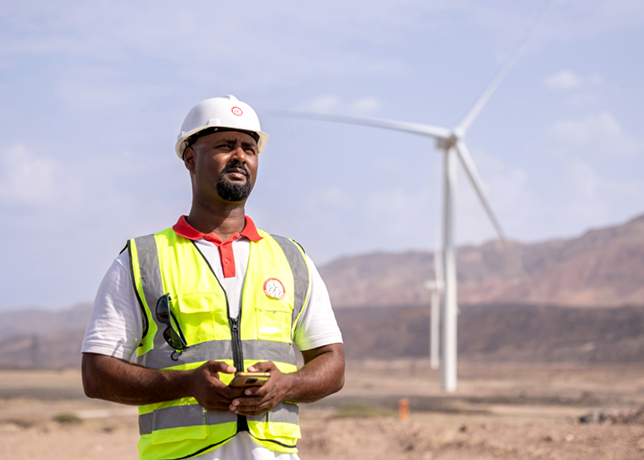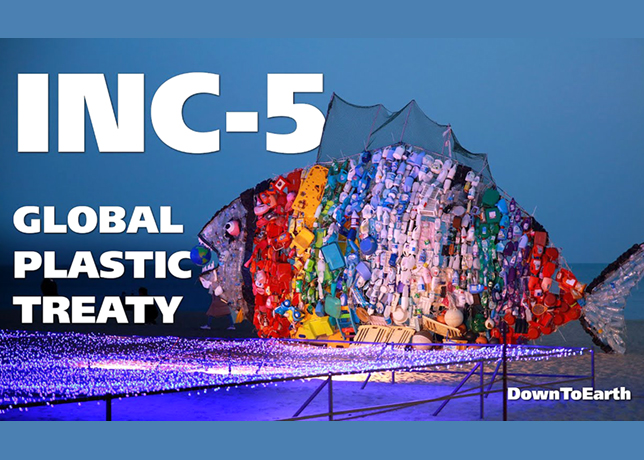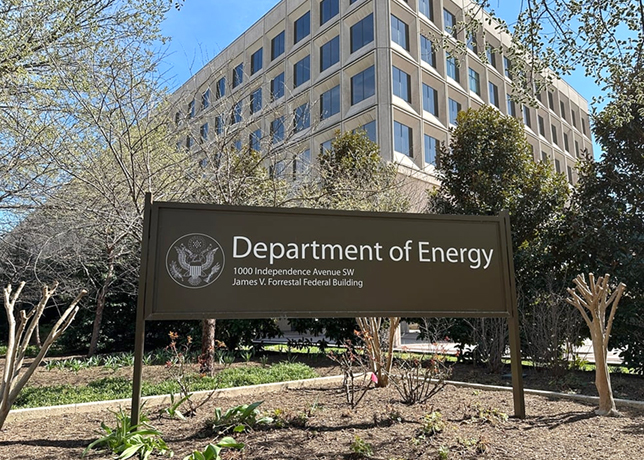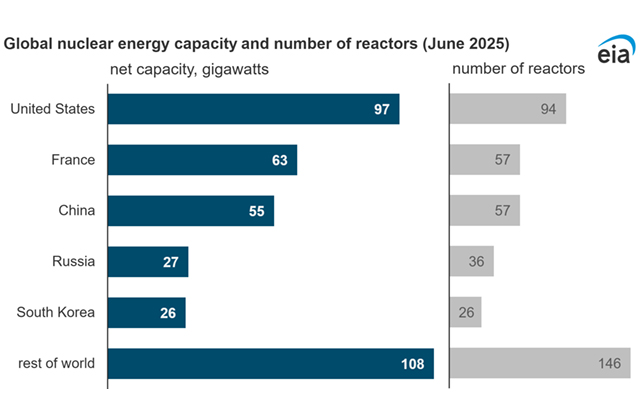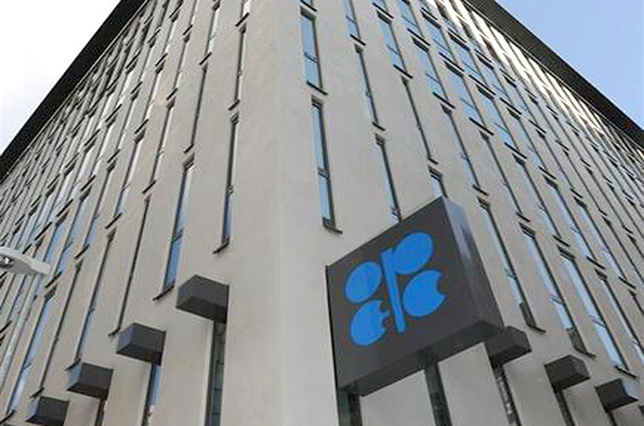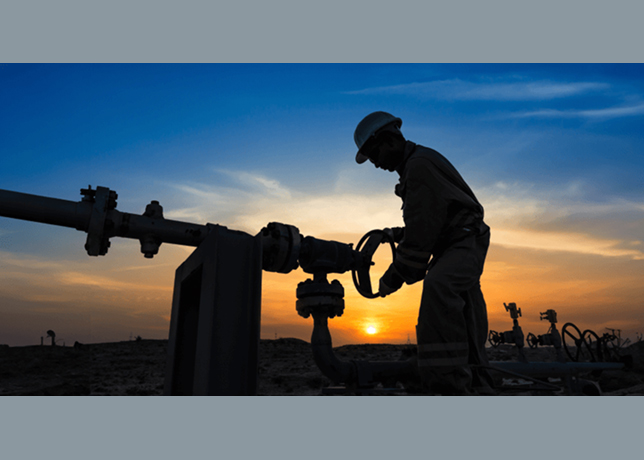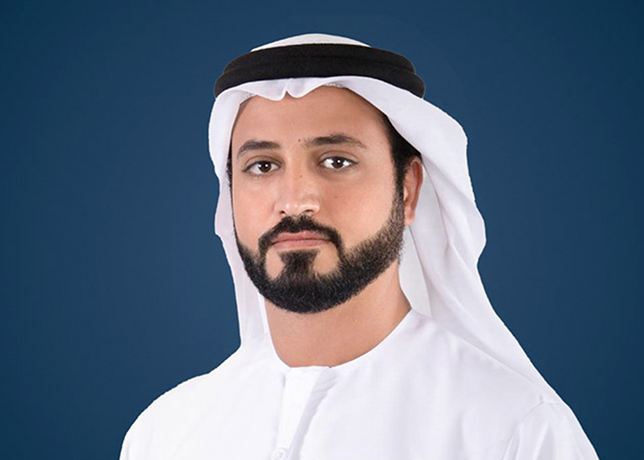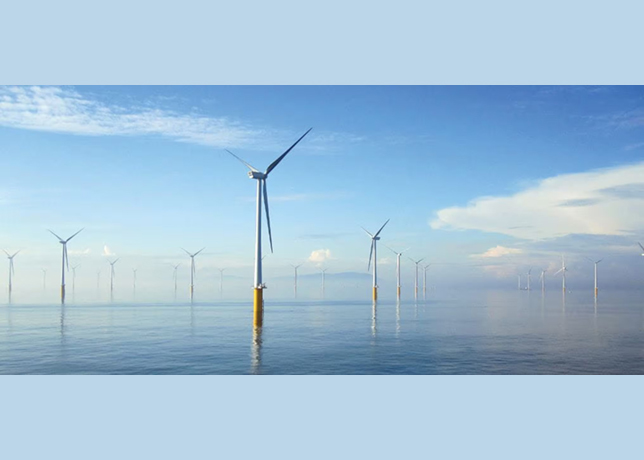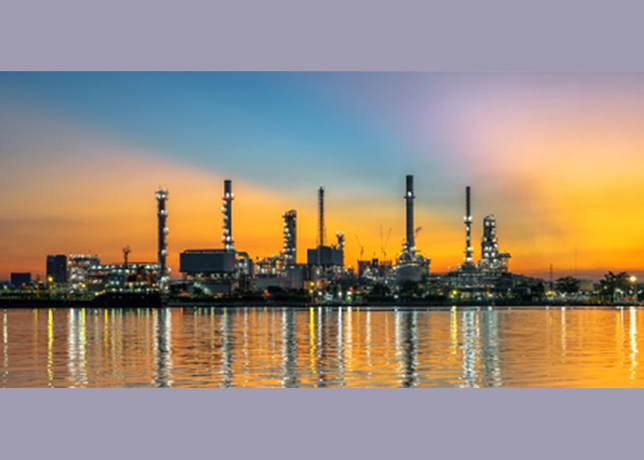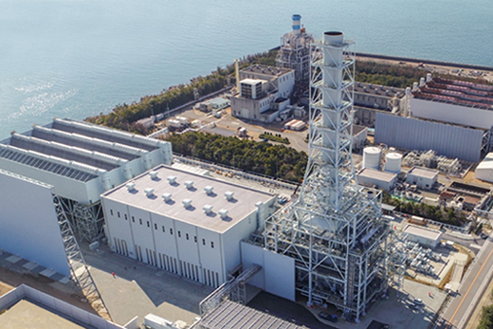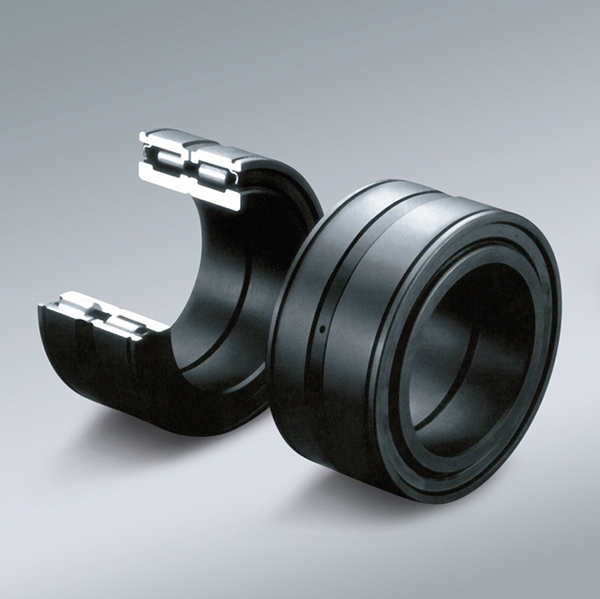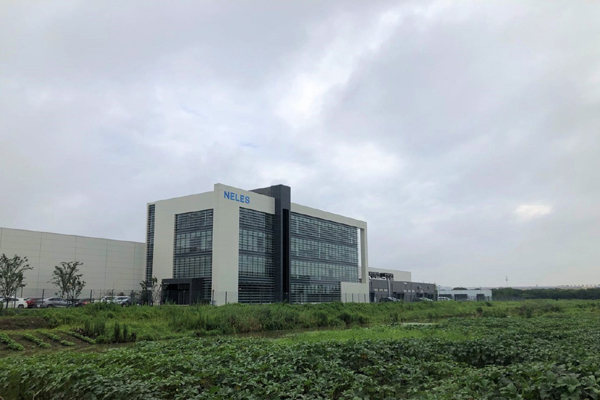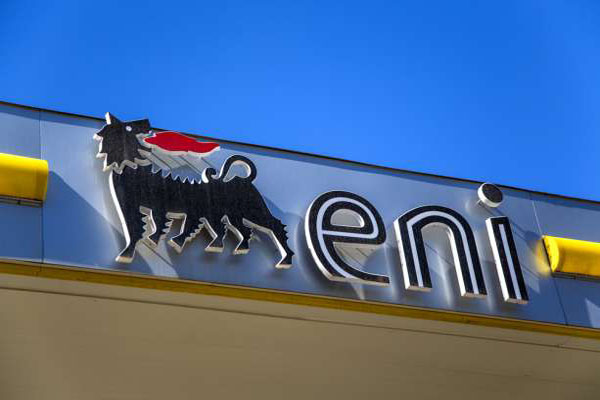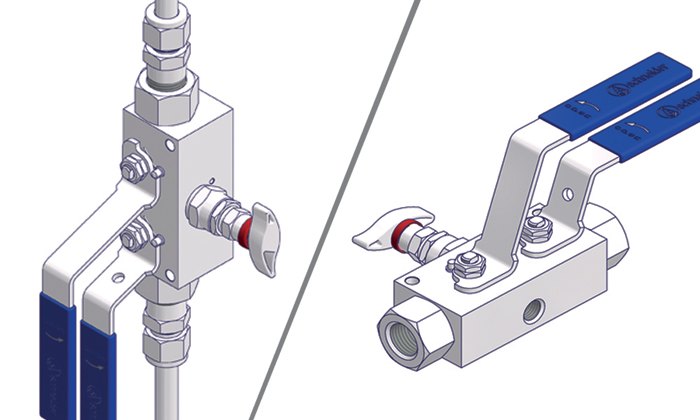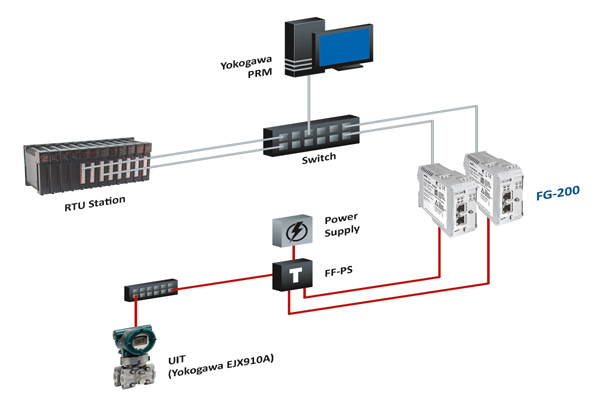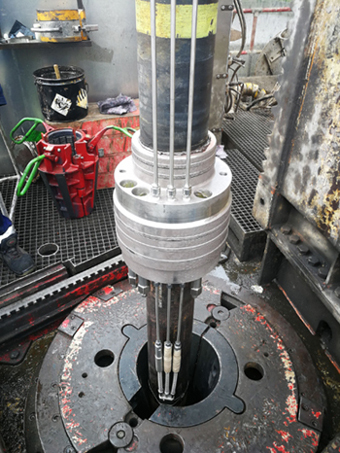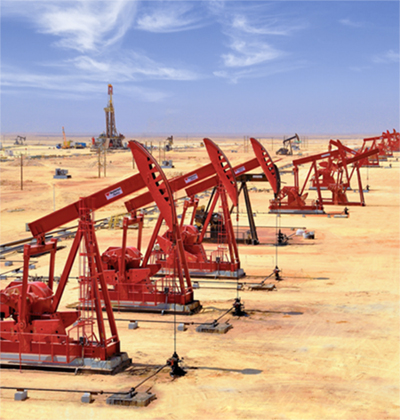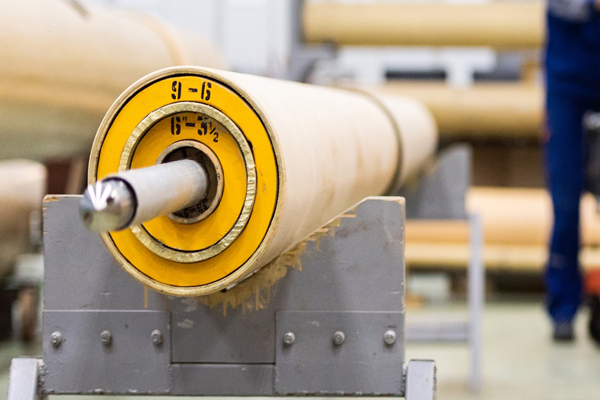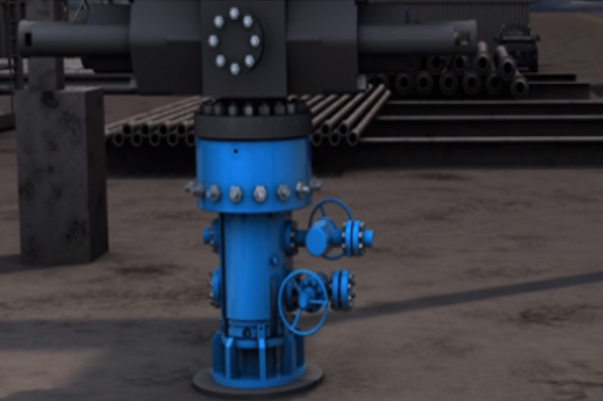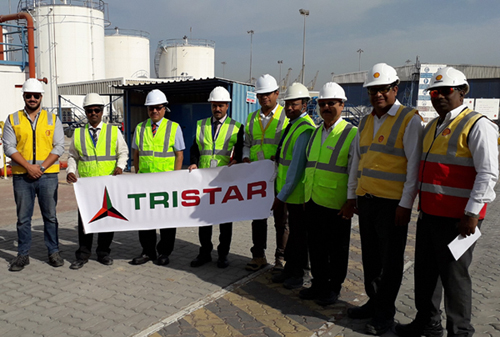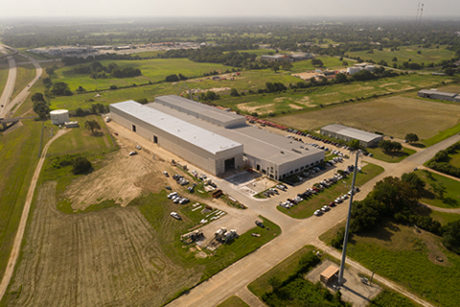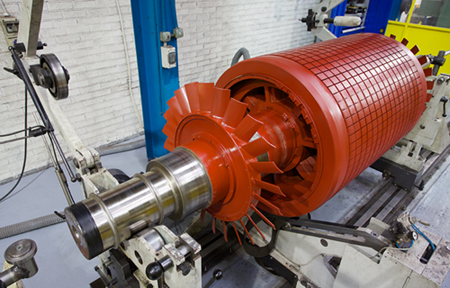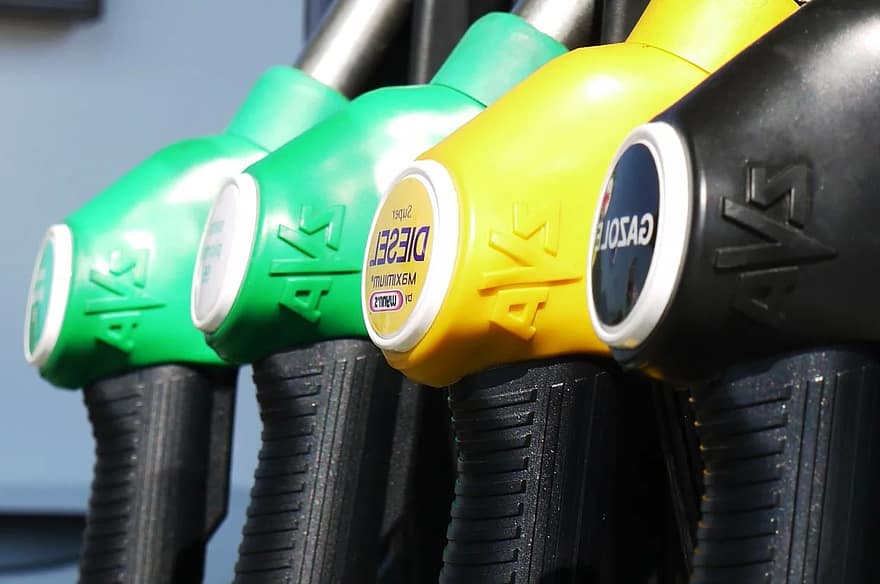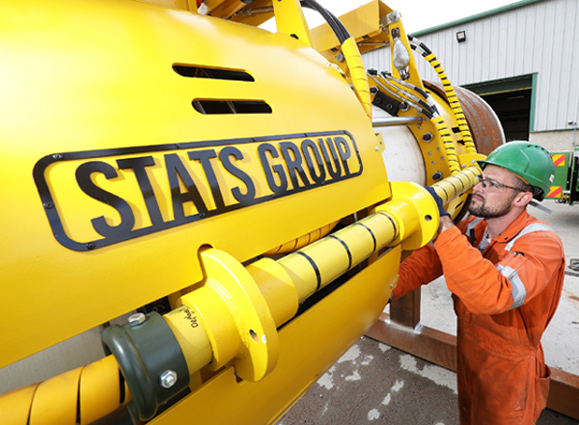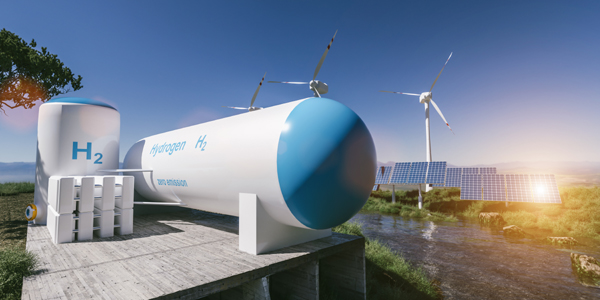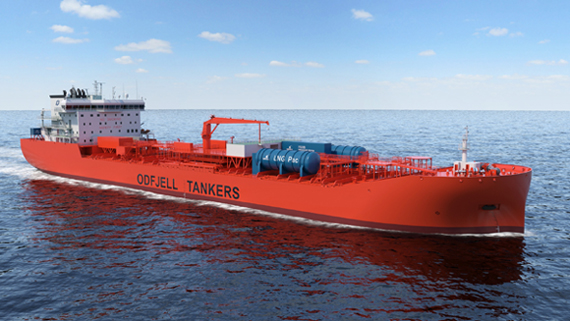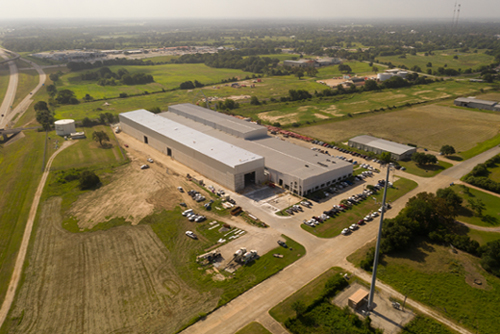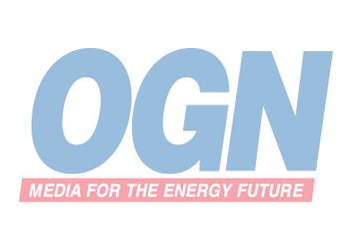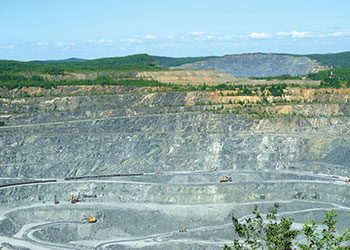
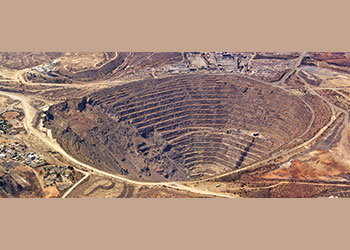 Minerals are key to the global energy transition
Minerals are key to the global energy transition
The response from policy makers and companies will determine whether critical minerals remain a vital enabler for clean energy transitions or become a bottleneck in the process, says Dr Fatih Birol, Executive Director, IEA
The global energy system is in the midst of a major transition to clean energy, and an evolving energy system calls for an evolving approach to energy security.
The efforts of an ever-expanding number of countries and companies to reduce their greenhouse gas (GHG) emissions to net-zero call for the massive deployment of a wide range of clean energy technologies, many of which in turn rely on critical minerals such as copper, lithium, nickel, cobalt and rare earth elements.
As clean energy transitions accelerate globally and solar panels, wind turbines and electric cars are deployed on a growing scale, these rapidly growing markets for key minerals could be subject to price volatility, geopolitical influence and even disruptions to supply.
According to the International Energy Agency’s (IEA) World Energy Outlook special report on ‘The Role of Critical Minerals in Clean Energy Transitions’, there are risks to key minerals and metals that (if left unaddressed) could make global progress towards a clean energy future slower or more costly and, therefore, hamper international efforts to tackle climate change.
SHORTAGE OF SUPPLY AND INVESTMENT
Building solar photovoltaic (PV) plants, wind farms and electric vehicles (EVs) generally requires more minerals than their fossil fuel based counterparts.
A typical electric car requires six times the mineral inputs of a conventional car, and an onshore wind plant requires nine times more mineral resources than a gas-fired power plant. Since 2010, the average amount of minerals needed for a new unit of power generation capacity has increased by 50 per cent as the share of renewables has risen.
The types of mineral resources used vary by technology; lithium, nickel, cobalt, manganese and graphite are crucial to battery performance, longevity and energy density.
Rare earth elements are essential for permanent magnets that are vital for wind turbines and EV motors. Electricity networks need a huge amount of copper and aluminium, with copper being a cornerstone for all electricity-related technologies.
And the shift to a clean energy system is set to drive a huge increase in the requirements for these minerals, meaning that the energy sector is emerging as a major force in mineral markets.
Until the mid-2010s, the energy sector represented a small part of total demand for most minerals. However, as energy transitions gather pace, clean energy technologies are becoming the fastest-growing segment of demand.
In a scenario that meets the Paris Agreement goals, clean energy technologies’ share of total demand could rise significantly over the next two decades, to over 40 per cent for copper and rare earth elements, 60-70 per cent for nickel and cobalt, and almost 90 per cent for lithium.
EVs and battery storage have already displaced consumer electronics to become the largest consumer of lithium and are set to take over from stainless steel as the largest end user of nickel by 2040.
However, today’s supply and investment plans for many critical minerals fall well short of what is needed to support an accelerated deployment of solar panels, wind turbines and electric vehicles.
The prospect of a rapid increase in demand for critical minerals – well above anything seen previously in most cases – raises huge questions about the availability and reliability of supply.
In the past, strains on the supply-demand balance for different minerals have prompted additional investment and measures to moderate or substitute demand.
But these responses have come with time lags and have been accompanied by considerable price volatility.
Similar episodes in the future could delay clean energy transitions and push up their cost. Given the urgency of reducing emissions, this is a possibility that the world can ill afford.
Raw materials are a significant element in the cost structure of many technologies required in energy transitions. In the case of lithium-ion batteries, technology learning and economies of scale have pushed down overall costs by 90 per cent over the past decade.
However, this also means that raw material costs now loom larger, accounting for some 50-70 per cent of total battery costs, up from 40-50 per cent five years ago. Higher mineral prices could, therefore, have a significant effect: a doubling of lithium or nickel prices would induce a 6 per cent increase in battery costs.
If both lithium and nickel prices were to double at the same time, this would offset all the anticipated unit cost reductions associated with a doubling of battery production capacity. In the case of electricity networks, copper and aluminium currently represent around 20 per cent of total grid investment costs. Higher prices as a result of tight supply could have a major impact on the level of grid investment.
IAE’s analysis of the near-term outlook for supply presents a mixed picture. Some minerals such as mined lithium and cobalt are expected to be in surplus in the near term, while lithium chemical products, battery-grade nickel and key rare earth elements (neodymium and dysprosium) might face tight supply in the years ahead.
However, looking further ahead in a scenario consistent with climate goals, expected supply from existing mines and projects under construction is estimated to meet only half of projected lithium and cobalt requirements and 80 per cent of copper needs by 2030.
While there are a host of projects at varying stages of development, there are many vulnerabilities that may increase the possibility of market tightness and greater price volatility:
• High geographical concentration of production: The production of many energy transition minerals is more concentrated than that of oil or natural gas.
For lithium, cobalt and rare earth elements, the world’s top three producing nations control well over three quarters of global output. In some cases, a single country is responsible for around half of worldwide production.
The Democratic Republic of the Congo (DRC) and China were responsible for some 70 per cent and 60 per cent of global production of cobalt and rare earth elements respectively in 2019.
The level of concentration is even higher for processing operations, where China has a strong presence across the board. China’s share of refining is around 35 per cent for nickel, 50-70 per cent for lithium and cobalt, and nearly 90 per cent for rare earth elements.
• Long project development lead times: It has taken on average over 16 years to move mining projects from discovery to first production. These long lead times raise questions about the ability of suppliers to ramp up output if demand were to pick up rapidly. If companies wait for deficits to emerge before committing to new projects, this could lead to a prolonged period of market tightness and price volatility.
• Declining resource quality: Concerns about resources relate to quality rather than quantity. In recent years, ore quality has continued to fall across a range of commodities. For example, the average copper ore grade in Chile declined by 30 per cent over the past 15 years.
Extracting metal content from lower-grade ores requires more energy, exerting upward pressure on production costs, greenhouse gas emissions and waste volumes.
• Growing scrutiny of environmental and social performance: Production and processing of mineral resources gives rise to a variety of environmental and social issues that, if poorly managed, can harm local communities and disrupt supply.
Consumers and investors are increasingly calling for companies to source minerals that are sustainably and responsibly produced. Without broad and sustained efforts to improve environmental and social performance, it may be challenging for consumers to exclude minerals produced with poor standards as higher-performing supply chains may not be sufficient to meet demand.
• Higher exposure to climate risks: Mining assets are exposed to growing climate risks. Copper and lithium are particularly vulnerable to water stress given their high water requirements. Over 50 per cent of today’s lithium and copper production is concentrated in areas with high water stress levels. Several major producing regions such as Australia, China, and Africa are also subject to extreme heat or flooding, which pose greater challenges in ensuring reliable and sustainable supplies.
ENSURING MINERAL SECURITY
All the aforementioned raise concerns around reliable and sustainable supplies of minerals to support the energy transition.
An essential step is for policy makers to provide clear signals about their climate ambitions and how their targets will be turned into action.
Long-term visibility is essential to provide the confidence investors need to commit to new projects. Efforts to scale up investment should go hand-in-hand with a broad strategy that encompasses technology innovation, recycling, supply chain resilience and sustainability standards.
IEA has identified six key recommendations to ensure mineral security.
• Ensure adequate investment in diversified sources of new supply.
• Promote technology innovation at all points along the value chain.
• Scale up recycling.
• Enhance supply chain resilience and market transparency.
• Mainstream higher environmental, social and governance standards.
• Strengthen international collaboration between producers and consumers.
CONCLUSION
In the words of Dr Fatih Birol, Executive Director, IEA: 'There is no shortage of resources worldwide, and there are sizeable opportunities for those who can produce minerals in a sustainable and responsible manner. Because no single country will be able to solve these issues alone, strengthened international cooperation is essential.'
He says these hazards are real, but they are surmountable.
'The response from policy makers and companies will determine whether critical minerals remain a vital enabler for clean energy transitions or become a bottleneck in the process,' he adds.



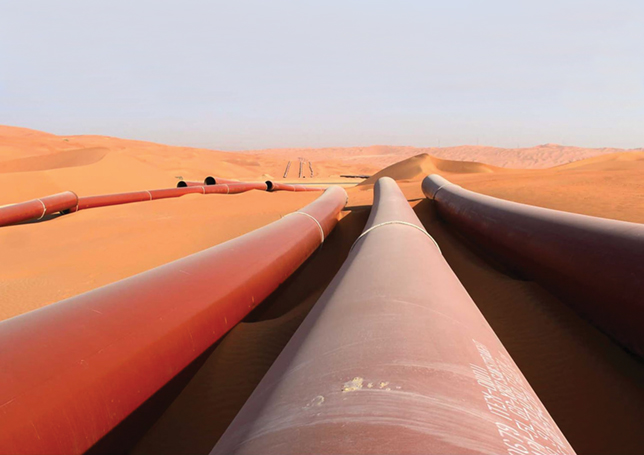
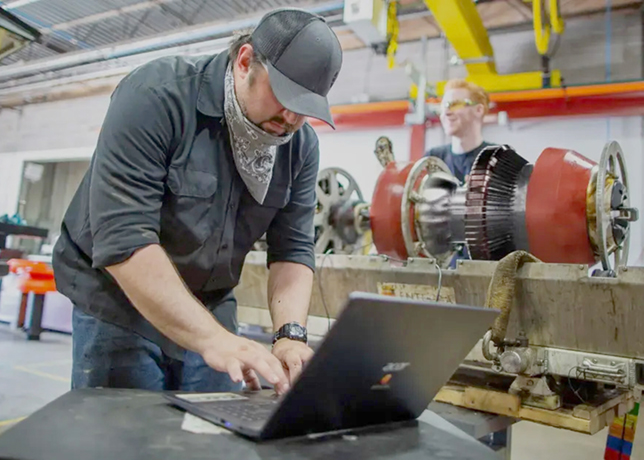

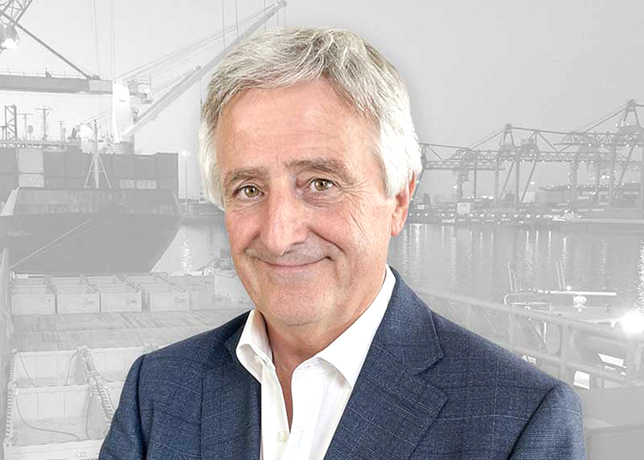



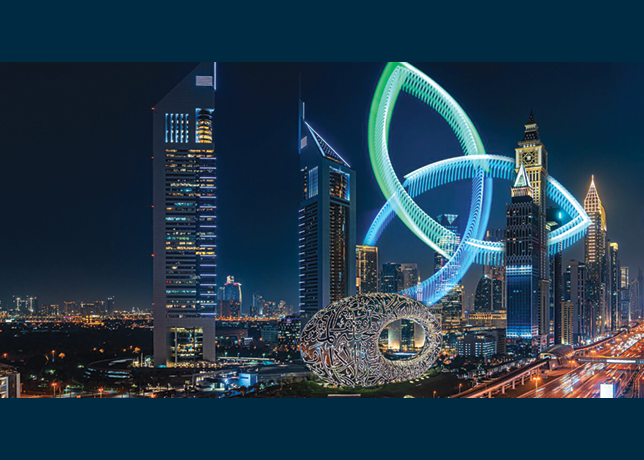
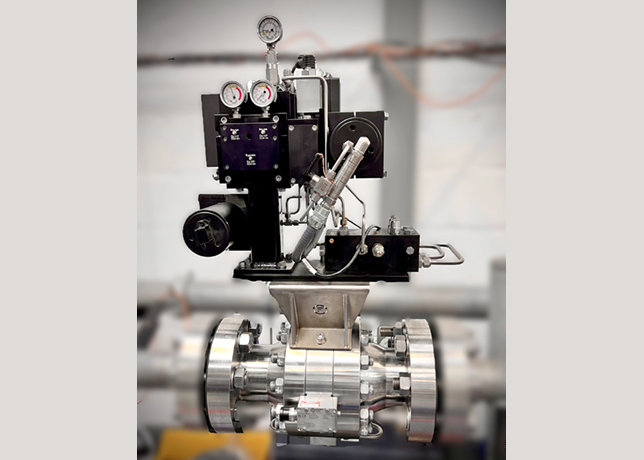
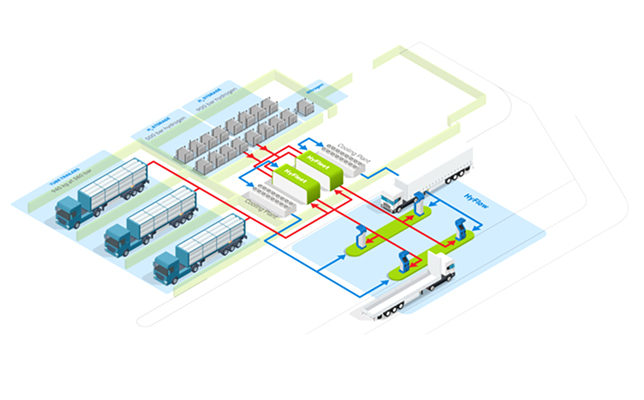
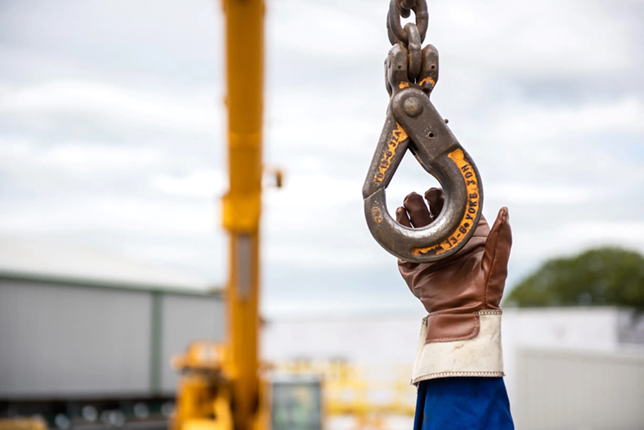
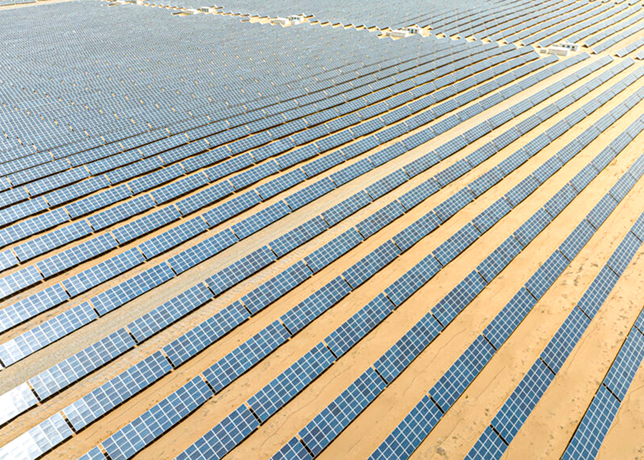
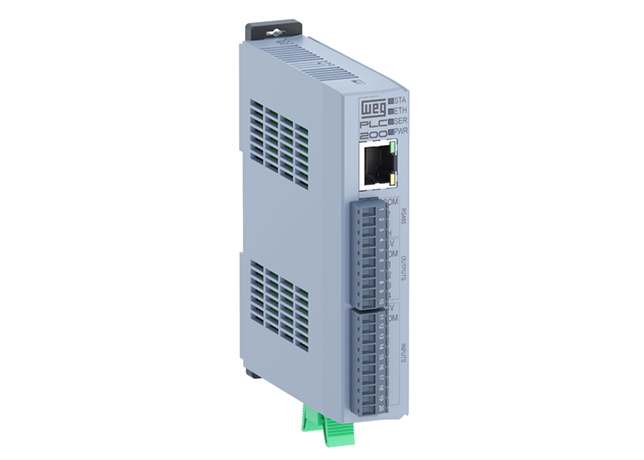
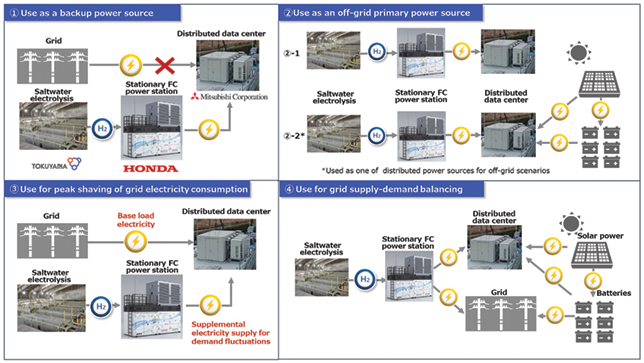
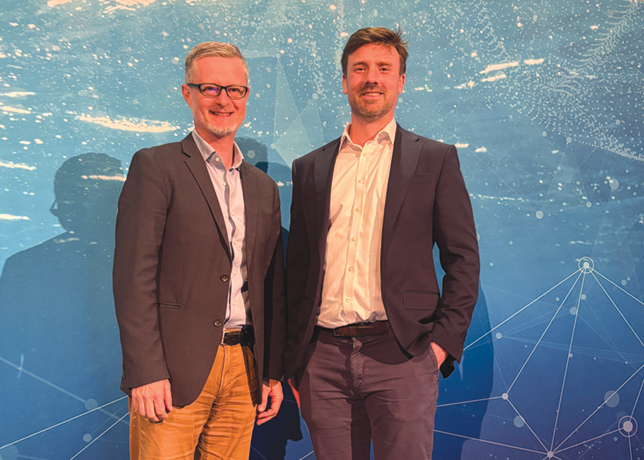
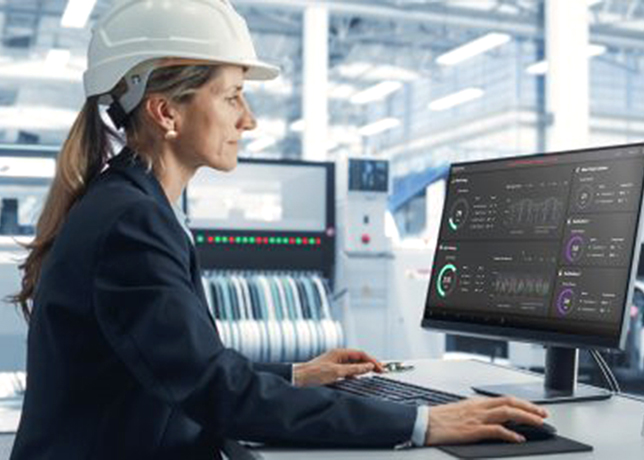
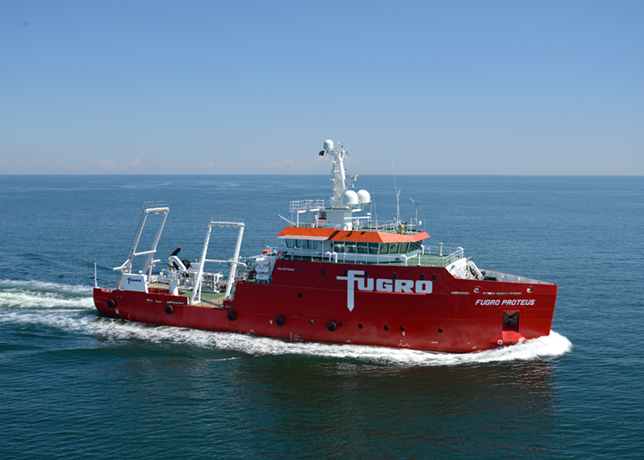

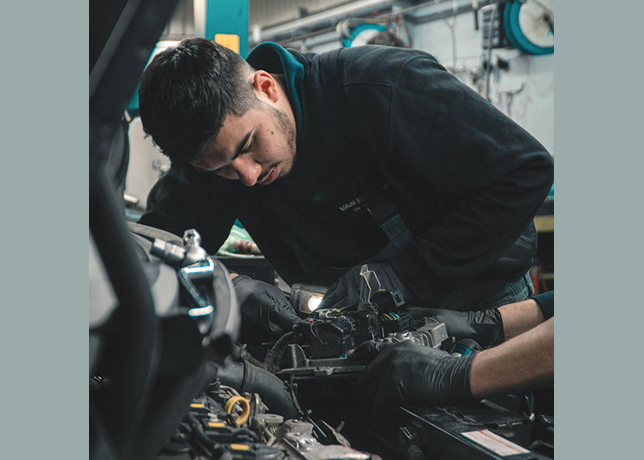
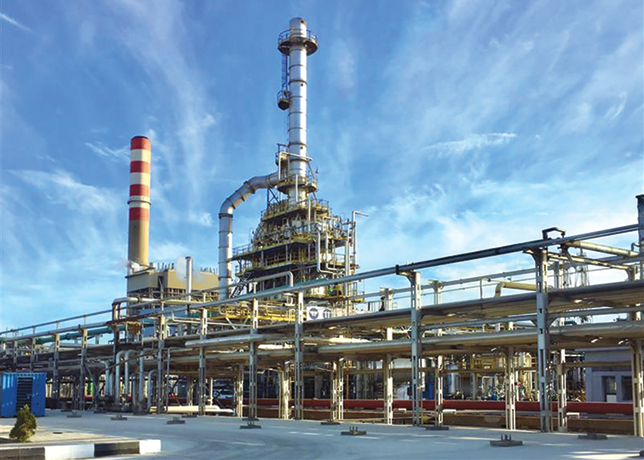
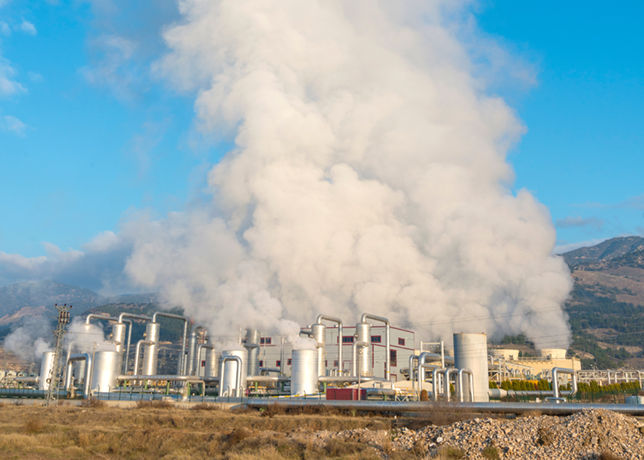
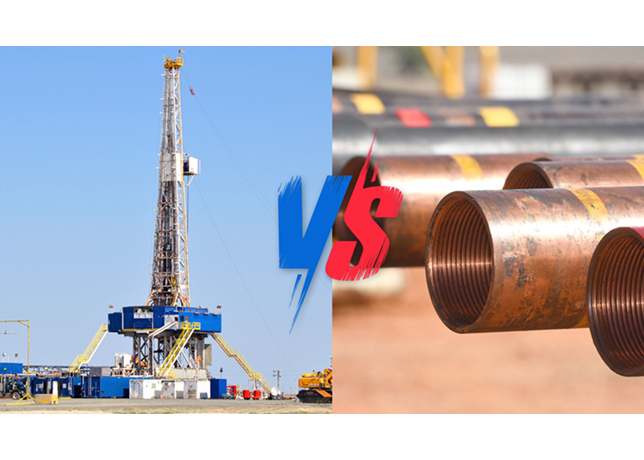
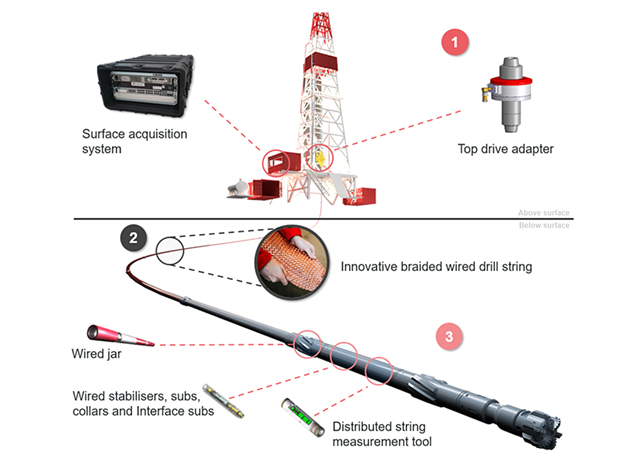

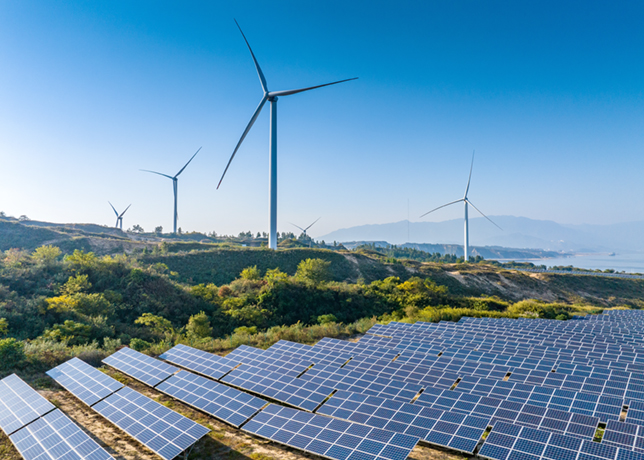


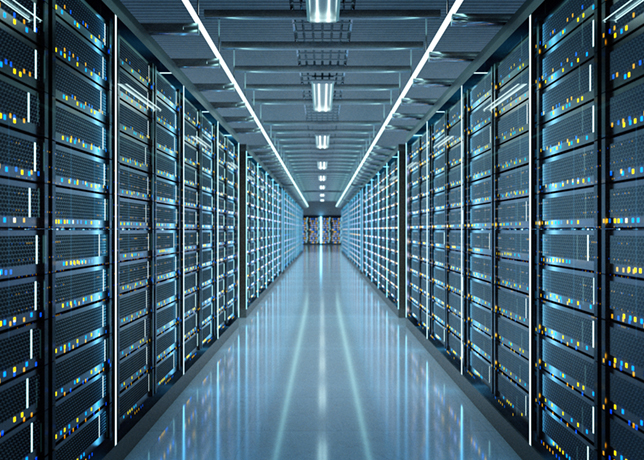

-is-one-of-the-world.jpg)



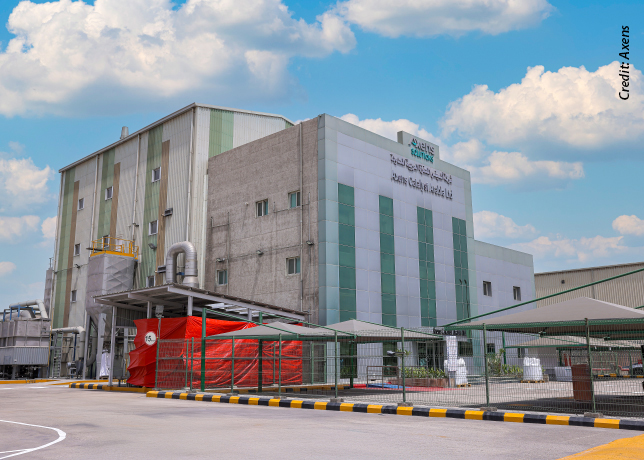

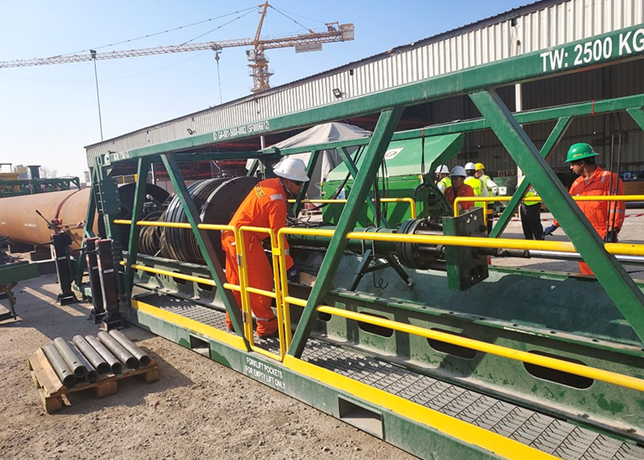
-(4)-caption-in-text.jpg)
